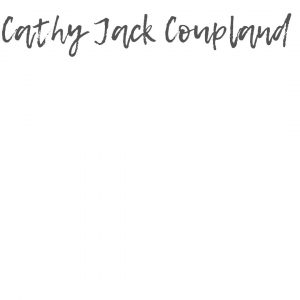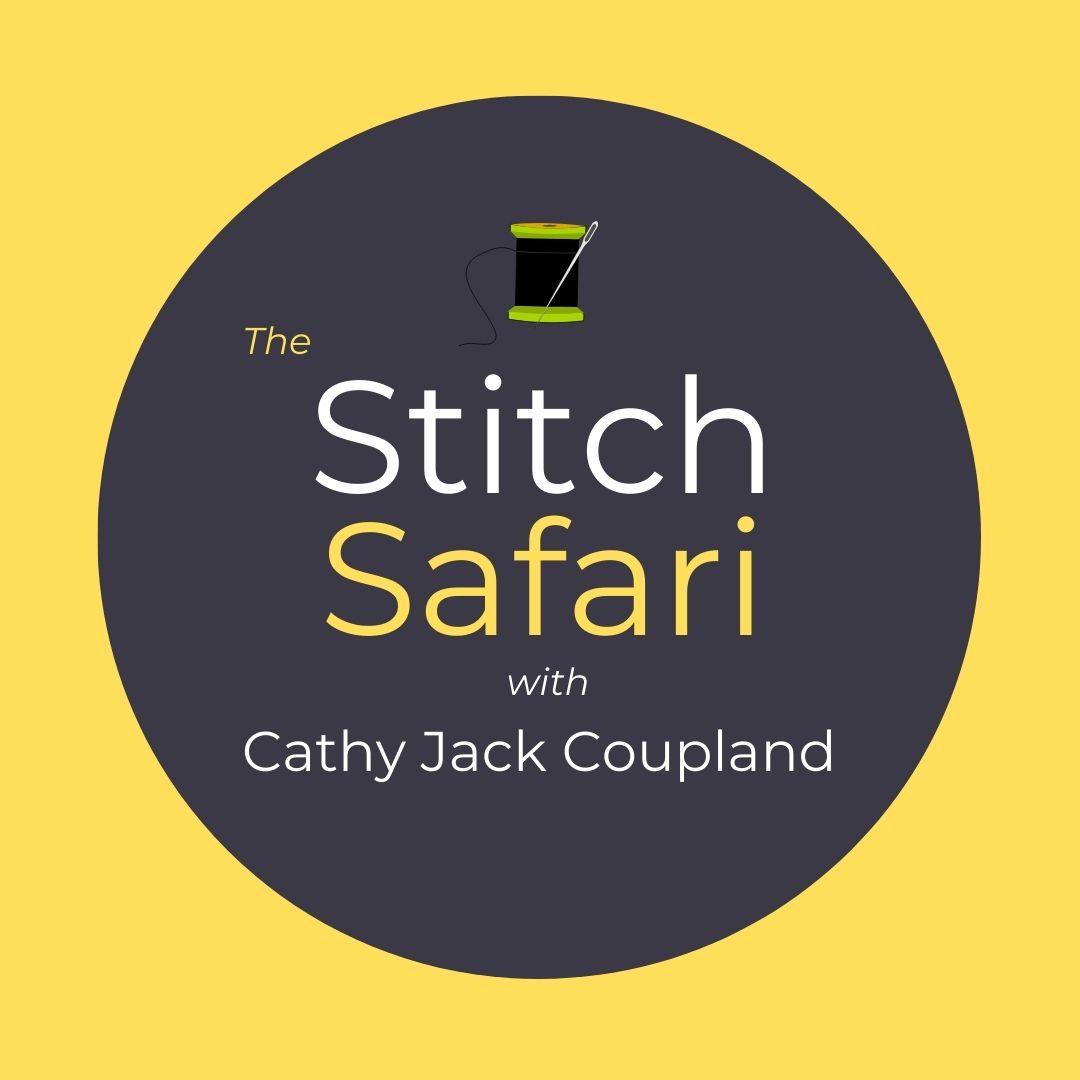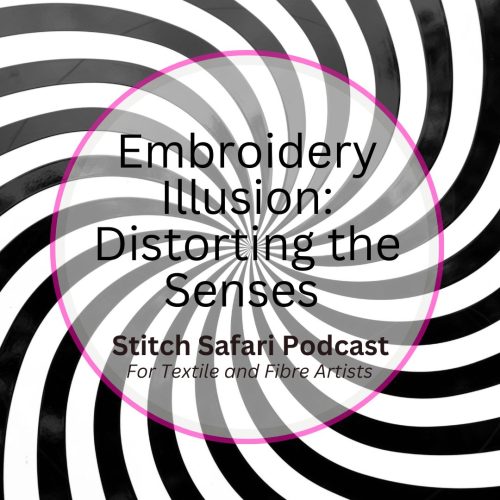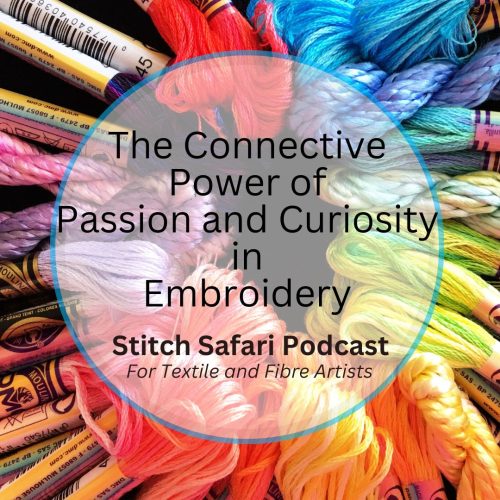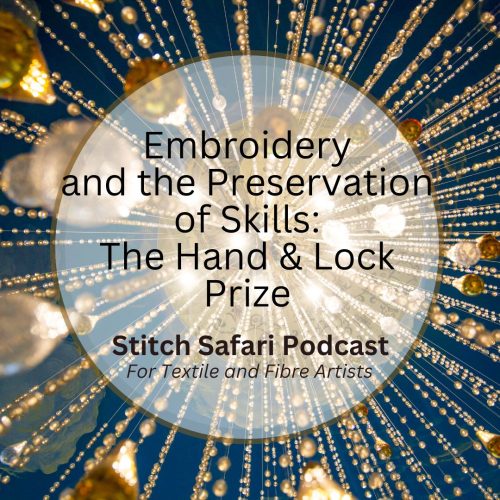Welcome to the stunningly beautiful, elegantly innovative, seductively alluring world of French Haute Couture and the dynastic family of Lesage.
The House of Lesage became the doyen of French Haute Couture embroidery collaborating with the world’s elite designers combining craftsmanship with innovation, modernity with tradition.
The dynasty began in 1924 when Albert Lesage and his wife Marie Louise, acquired the atelier of the embroiderer to Napolean III – Albert Michonet, fostered by the birth of the idea of Haute Couture after the French Revolution, when people longed for opulence, luxury, and grandeur.
Charles Frederick Worth opened the first true Couture house in 1858, evolving so quickly that forty embroidery houses mushroomed almost overnight.
Michonet was one of those embroidery workshops, supplying Worth and many of the other major fashion houses as well – but times and fashions were changing. Retirement was beckoning Michonet and Albert and Marie Louise Lesage were ready to take over the business.
1925 saw the emergence of a new style – that of Art Deco. Maison Lesage responded quickly to the changes necessary to accommodate this style by using innovative techniques such as the new tambour method for beading and embroidery along with dye-bath shading techniques and the use of irregular beads, seeds, and even plant fibres.
And it’s this ability to innovate and ride the wave of the 1929 economic crisis that saw the House of Lesage hang on and survive.
Enter Schiaparelli, who in 1935 collaborated with Lesage, wanting to make her designs really stand out – but also wanting to discreetly help the atelier whom she knew was in trouble. This long-time relationship was to grant both the designer and embroiderer permanent recognition in the history of fashion.
Lesage’s inventive and experimental flair enabled the atelier to move from designing embroidery for the fluid lines of Vionnet’s designs to Schiaparelli’s designs, emphasizing the more three-dimensional, tactile nature of the embellished decoration.
Albert was imaginative with materials introducing substances of the modern industrial world like plastics, latex, and cellophane.
Roll on WWII – with its shortages and rationing. It was a time when people simply had to make do with what was available and again Lesage showed his ingenuity and versatility by adapting his embroidery to incorporate natural plant fibres such as straw, flax from herbs, raffia from palm trees, jute from potato sacks and even string.
In 1944, the Germans closed all the French fashion houses after they invaded Paris, however, French Haute Couture was saved from this devastating decree by the Allied invasion, and though shortages continued it was deemed essential to revive and restore the traditional French elegance and the pivotal role Paris played.
The Chambre Syndicale de la Haute Couture organised a two-year travelling display, using miniature doll-like fashion mannequins typifying French fashions – and Maison Lesage worked on a number of these creations for clients such as Le Long, Grès, Schiaparelli and Balenciaga.
Bolstered by Schiaparellie’s unfailing support, Lesage was now receiving orders from other major fashion houses but Albert wanted his son François to forge links with other countries – namely America, eventually working with Jean Louis, Adrian, Edith Head, Orry Kelly and Irene; dressing stars such as Gene Tierney, Claudette Colbert, Ava Gardner, Lana Turner, Olivia de Haviland and Marlene Deitrich.
François was forced to return to France upon the death of his father, taking over every aspect of the running of Maison Lesage.
Schiaparelli supported François and like his father, he experimented, innovated and celebrated new technologies, creating fashion that was simpler and easier to wear yet was powerfully dynamic – bolstered by the emergence of Prêt-à-Porter, or ready to wear fashion.
François worked with the greats of Haute Couture fashion – Dior, Lacroix, Yves Saint Laurent, Balmain and Givenchy, also working with the aristocracy of American designers – Klein, Blass, Beene, de la Renta, Herrara, McFadden and Roehm.
François was now recognised as a designer in his own right and in 1992 he set up Ecole Lesage, working alongside the atelier.
Chanel eventually acquired Maison Lesage in 2002 via a subsidiary company called Paraffection, dedicated to the preservation of craftsmanship.
François said this of himself: I never forget that I am only an embroiderer, a craftsman, and my imagination should be framed in simple matter-of-fact materials – silks, sequins, stones. But they give birth to a firebird dream that I just want to catch on the tail. But that dream cannot be caught – it is always in front, making our life more beautiful.
I think we all share in that beautiful dream. It’s part of the history of embroidery as well as fashion.
